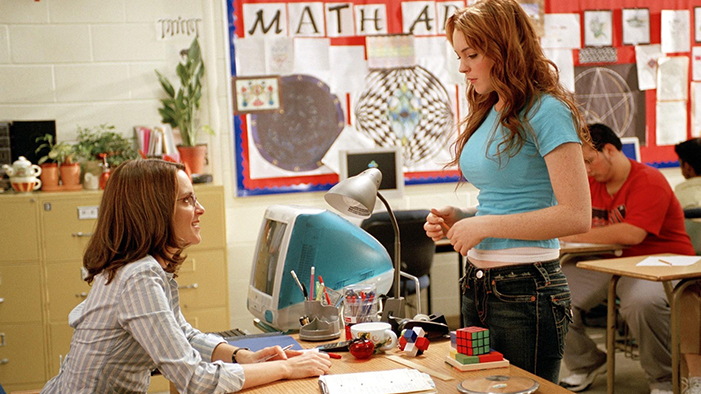Despite being ranked at the top of his class at the Western Reserve Eclectic Institute, Garfield did not study full-time. He had developed a close friendship with Mary L. Hubbell, a friend from home who had enrolled in the Institute at the same time Garfield did. Hubbell and Garfield traveled back and forth to the school together and she even returned home with Garfield when he took a term off. Students at the school began to suspect that Garfield and Hubbell were engaged, but Garfield eventually decided that Hubbell was not serious enough for him and the two separated.
In the summer of 1852, Garfield and a friend worked construction jobs in Hiram for seventy-five cents a day and he became closer friends with Lucretia Randolph. However, as the school semesters passed, it became clear to Garfield that he was not cut out for manual labor and he began teaching introductory Latin courses at the Institute while still enrolled as a student. Garfield later taught the introductory courses in algebra, geometry, and Greek, and tutored students in penmanship. Despite his burgeoning teaching career, Garfield yearned to learn more himself. He considered the Disciples' school at Bethany, Virginia and even Yale University. By November 1853, Garfield was teaching seven courses in addition to his penmanship tutoring, and even preaching at the nearby town of Aurora, Ohio.
The following year, Garfield wrote to Yale University, Brown University, and Williams College asking about admissions and their courses of study. Each school replied that with his classes from the Institute, Garfield could graduate in just two years, but he was particularly struck by a personal note added by the president of Williams. In the summer of 1854, Garfield set out on horseback from Ohio to travel to Williamstown, Massachusetts and enroll at Williams College.
Williams opened a new chapter in Garfield's life, exposing him for the first time to a large body of knowledge and scholarly works. He read Shakespeare for the first time and completed a mathematical review that summer with the sophomore class. Mark Hopkins, the president of Williams, influenced Garfield deeply by challenging his students and constantly pushing them to be better scholars. Garfield wrote to a friend that he had challenged himself to be in the top five of his class of forty-two. Garfield studied Tennyson and Dickens and joined the Philologian Society, one of the school's most prestigious literary societies. During Garfield's junior year, his classmates elected him to the board of the Williams Quarterly, and although he never joined one of the school's secret societies, he helped lead the anti-secret-society. Garfield graduated from Williams College in 1856 as one of six students to receive honors. Williams remained one of the cornerstones of Garfield's world. He returned to earn a masters' degree in 1859 and later became president of the alumni board, and in 1872 he earned an honorary doctorate of laws.
In 1856, Garfield returned to the Western Reserve Eclectic Institute, despite offers of up to twenty-five hundred dollars a year at other schools. By now a jack-of-all-trades, Garfield taught subjects ranging from classics to geology for an annual salary of about six hundred dollars. As a teacher, Garfield was so well-respected and so popular that when the Board of Trustees began searching for a new principal in 1857, Garfield was an easy choice. His schedule began to swell even more as he traveled to other Disciples' schools and preached two sermons a week. Colleagues found that Garfield's work at Williams had tamed his Scriptures-based sermons and that he now emphasized humanity in his popular teachings.
In December 1858, Garfield faced William Denton in a series of debates that would grow as famous locally as the Lincoln-Douglas debates. Garfield was preaching at a church in Cuyahoga County when the biblical scholar Denton appeared and issued an open challenge to a debate on the merits of the bible and faith. The debates, at Chagrin Falls, were well-attended and well-argued, and Denton eventually acknowledged that Garfield had been his greatest adversary yet.
Garfield's courtship of Lucretia Randolph had intensified and on November 11, 1858, they were married in a small ceremony. As the Civil War neared, Garfield taught less and less and eventually stopped altogether. He was replaced as principal in 1863. Three years later, the Institute changed its name to Hiram College.


 payment page
payment page



